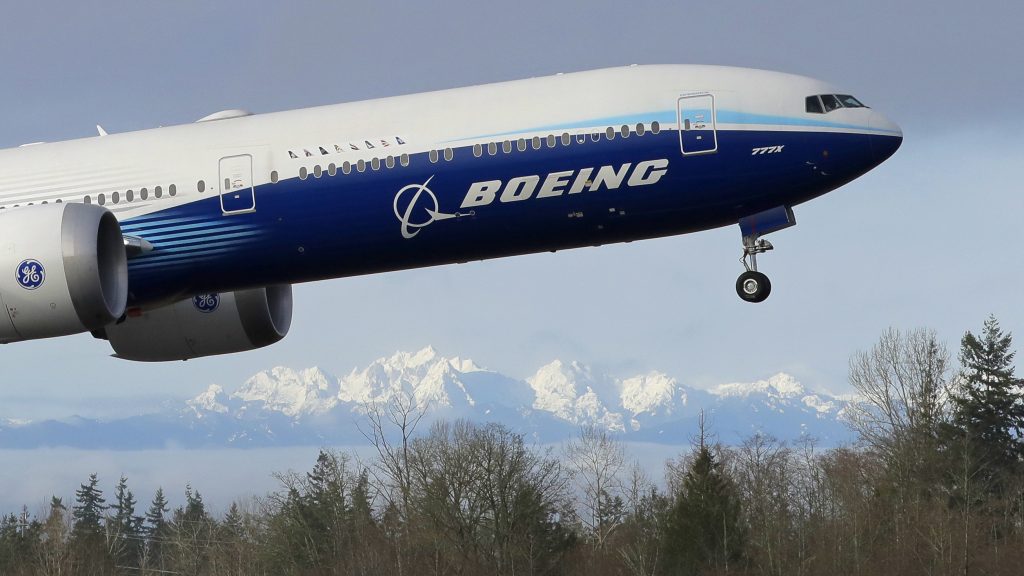Boeing (NYSE:BA)’s extensive commercial airplane offerings, including iconic models like the Boeing 707, have not only transformed commercial air travel but also given rise to a broad range of specialized military aircraft. These adaptations serve various defense roles from surveillance to in-flight refueling, highlighting the versatility of Boeing’s aircraft designs.
The Boeing 707, a trailblazer in the jetliner industry, has been modified into the E-3 Sentry, an airborne early warning aircraft recognized by its distinctive radar dome. The Boeing 727, known for its trijet configuration, has a unique military variant, the C-22, which is utilized by the United States Air Force (USAF) for transport purposes.
Boeing’s best-selling 737 model has also been transformed for military use. The T-43 was equipped with sextant navigation aids to train navigators. The C-40 Clipper performs dual passenger and cargo transport roles. Notably, the P-8 Poseidon variant serves as a maritime patrol aircraft armed with anti-ship missiles.
One of the most famous Boeing adaptations is the VC-25, better known as ‘Air Force One’. This bespoke version of Boeing’s jumbo jetliner is currently transitioning to an advanced -8 model, which will continue to serve as the airborne command center for the President of the United States.
International forces also benefit from Boeing’s military conversions. Japan’s Self Defense Forces operate a specialized surveillance platform known as the E-767. In addition, the USAF relies on KC-46 Pegasus tankers for essential aerial refueling missions. Both of these aircraft are derivatives of Boeing’s widebody series, demonstrating the global reach and strategic importance of these military adaptations.



